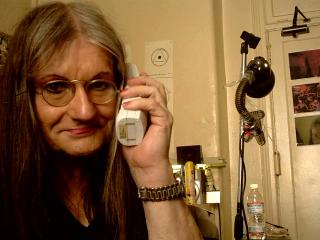WILLEM DE KOONING
Willem de Kooning was born in the Netherlands in 1904, where he began his art education. He was too poor to buy a ticket, so he stowed away on a ship to the United States in 1926 at age of 22.
Once in the U.S. he was one of 39 artists who worked on109 public murals for the 1939 New York World’s Fair, during which time he cultivated an interest in jazz music. Beginning in 1938, possibly under the influence of his friend, Arshile Gorky, his work became more and more abstract.. The same year he met his future wife, Elaine de Kooning, who became a significant painter in her own right. They were married four years later.
During this time he became more and more identified with the New York School of Abstract Expressionism and came to be considered one of its leaders.
In 1946, unable to afford artists pigments, de Kooning turned to black and white household enamels and created a series of black and white abstracts for his first one man show at the Charles Egan Gallery in New York City.
By 1950 he began work on Woman I. Woman II through VI were completed over the next several years. They became his most famous signature pieces. They were quite controversial at the time. Not only were they figurative in a time when his contemporaries were working non figuratively, but also because of their blatant imagery. Aggressive brushwork and primitive coloration evoked images of toothy snarls, pendulous breasts, enlarged eyes and ferocious countenance that somehow revealed and reinforced some of modern man’s most widely held subconscious sexual fears.
In l963 de Kooning moved to East Hampton, Long Island. Paintings of this period reflected his environment, presenting a calmer mood and colors and textures drawn from the surrounding countryside. One of his best known abstracts from this time, “Door to the River”, features wide, even brush strokes and calligraphic tendencies similar to Franz Kline, whose work had been heavily influenced by de Kooning a decade earlier..
In his later years, de Kooning was diagnosed with Alzheimer’s Disease. There is much conjecture whether his paintings of this period, which became very stately and greatly simplified, were symptomatic of the disease or reflected an entirely new direction in modern art.
In many ways de Kooning was the greatest Abstract Expressionist. For one thing, he lived longer than any of the other artists, his career uninterrupted by violent death or suicide. By age 92, he had lived long enough to see his paintings achieve astronomical value. Over his career his style had evolved and matured without ever becoming repetitive or burned out, remaining fresh and vibrant, an inspiration to everyone who perceived it.
In 2006, Woman III was sold by David Geffen for $137.5 million dollars, the second most expensive price ever paid for a painting at that time.


0 Comments:
Post a Comment
<< Home